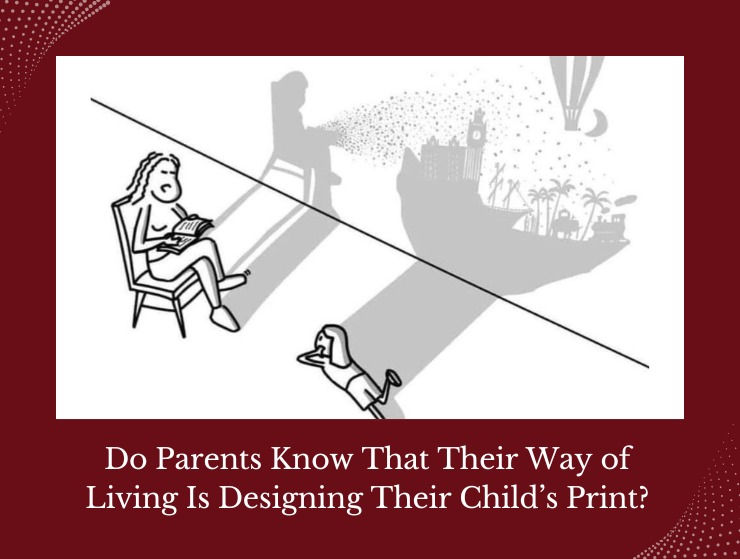When Your Child Saves Their Biggest Feelings for Home
- Sonal Ahuja

- Oct 14
- 2 min read

If you’ve watched the recent reel on our Instagram page, “It’s not misbehavior. It’s neuroscience.” — this article is its reflection in words.
The reel captured a moment every parent recognizes — a calm, cheerful child at school who suddenly becomes emotional or irritable the moment they come home.
It’s a sight that can confuse and overwhelm parents.You may wonder, “They behaved so well all day… why are they falling apart now?”
Let’s explore what’s really happening — through the lens of neuroscience and emotional development.
The Science Behind the Meltdown
Throughout the day, children are navigating social rules, managing transitions, sharing space, and following instructions.In simple terms, their emotional battery keeps draining as they regulate themselves again and again.
This process is what neuroscientists call self-regulation load — every “please wait,” “sit still,” and “be kind” adds up.
By the time they reach home — their safest environment — the brain finally says, “I can let go now.”This emotional release is often called after-school restraint collapse.
So the tears, whining, or even small bursts of anger aren’t defiance — they’re discharge.It’s their nervous system returning to balance.
Why It Happens With You — and Why That’s a Good Thing
According to attachment theory, children show their deepest emotions to the people they feel safest with.They know that with you, they won’t be judged or rejected — so their guard drops.
In fact, this “unraveling” is a sign of secure attachment.They are not falling apart because they don’t respect you — they are falling apart because they trust you.
That’s what the reel meant when it said —
“The meltdown isn’t defiance, it’s belonging.”
How Parents Can Respond with Empathy and Science
Reframe the MomentWhen emotions flare, remind yourself — “They trust me enough to let go.”That small shift changes irritation into understanding.
Create a Decompression RitualAfter school, allow 15–20 minutes of calm transition — a quiet snack, a cuddle, or outdoor play.This downtime helps their nervous system settle before any talk or task.
Name It, Don’t Shame ItChildren can’t regulate what they can’t name.Saying, “You seem tired,” or “That was a long day, wasn’t it?” helps deactivate stress responses in the brain.
Model CalmnessYour tone, breathing, and body language cue emotional safety.This is called co-regulation — when your calm helps your child’s brain find its own.
The Long-Term Impact
Every time you respond with empathy rather than punishment, your child’s brain wires a little stronger for:
emotional intelligence,
resilience,
and secure attachment.
Neuroscience shows that repeated experiences of being seen and soothed literally shape neural pathways that build lifelong emotional balance.
So, your patience today isn’t just soothing the moment — it’s shaping the brain for tomorrow.
A Gentle Reminder
When your child falls apart at home, it doesn’t mean they’re misbehaving.It means they feel safe enough to be themselves.
The home is their emotional recharge station — the space where belonging outweighs behavior.
Because at Amogh Early Learning Centre, we believe that every emotion — even the hard ones — is a doorway to connection, not correction.




Comments